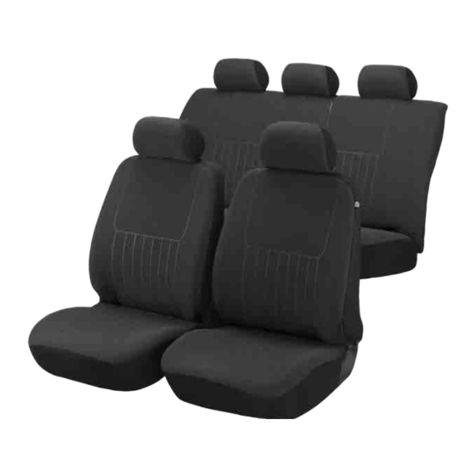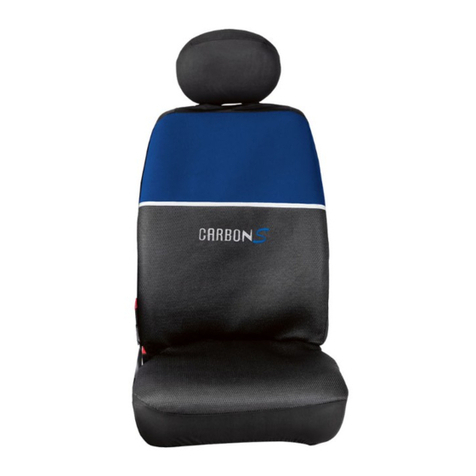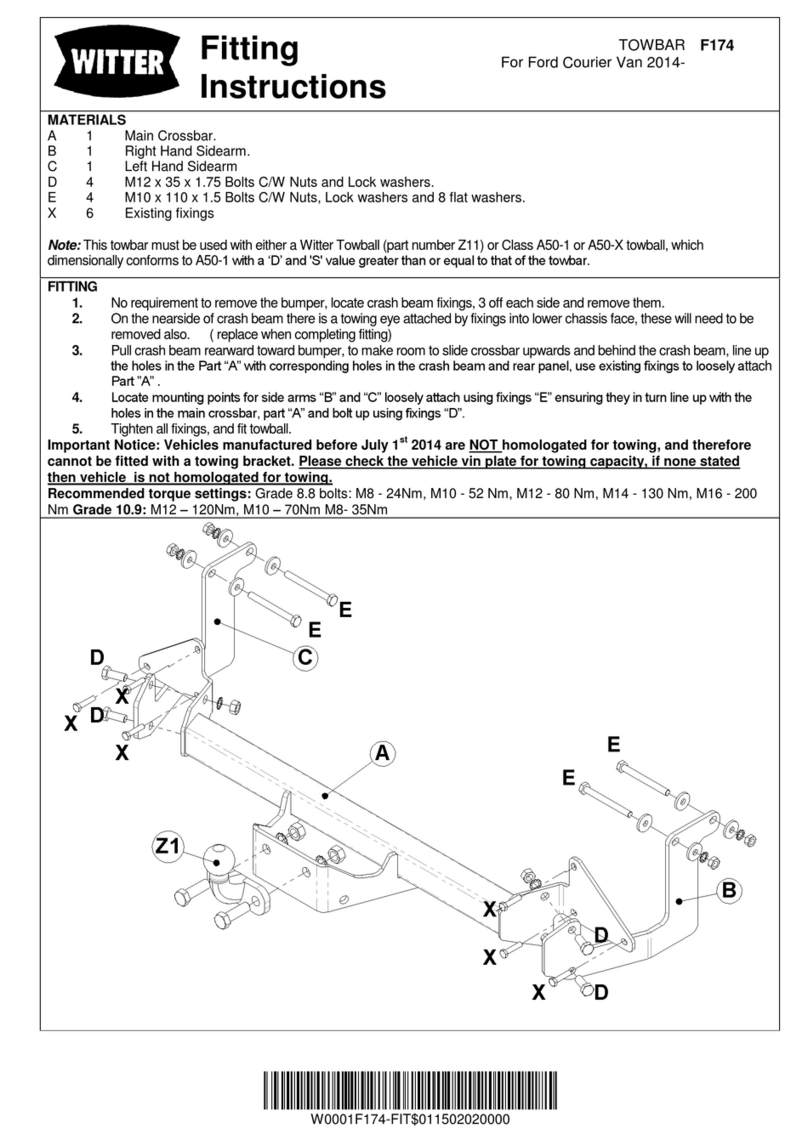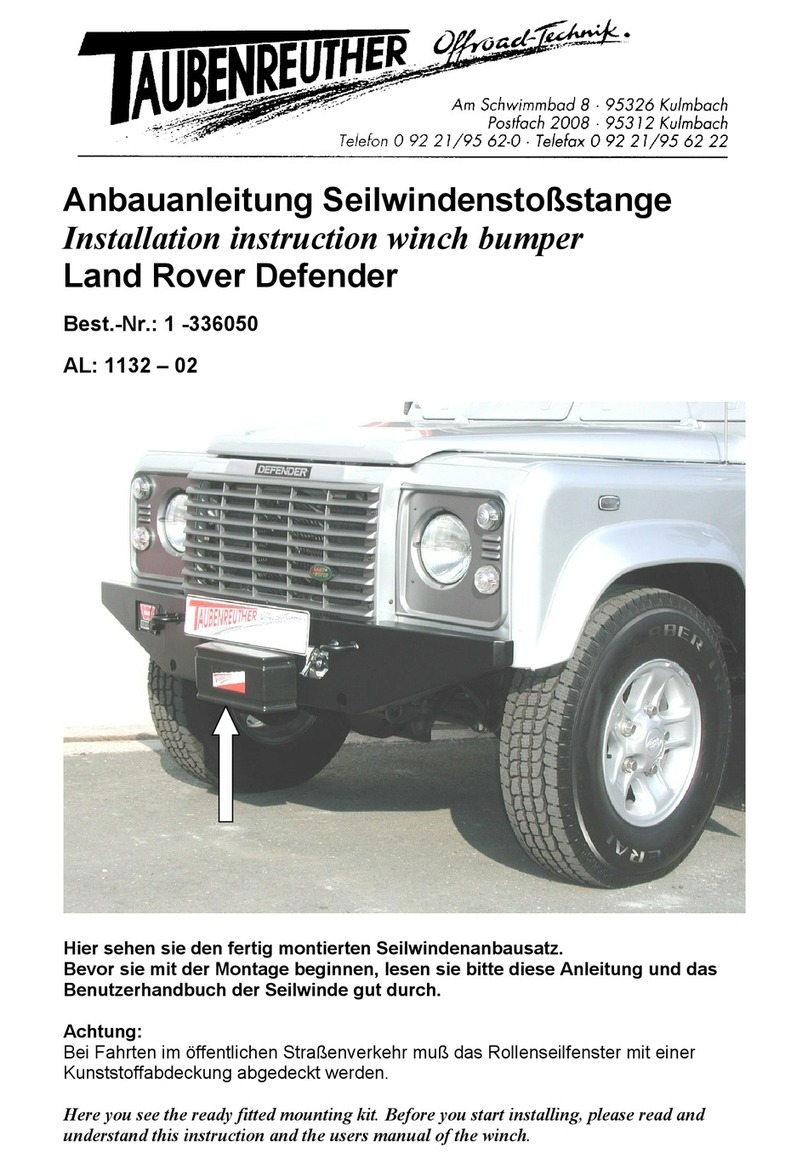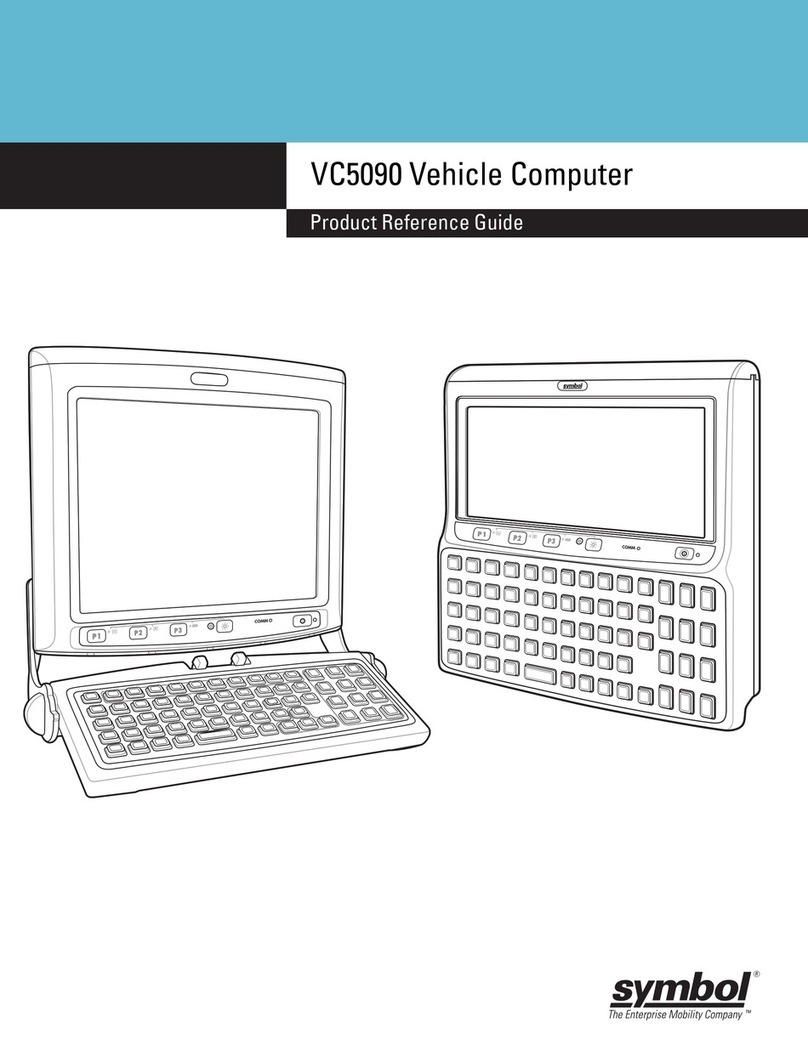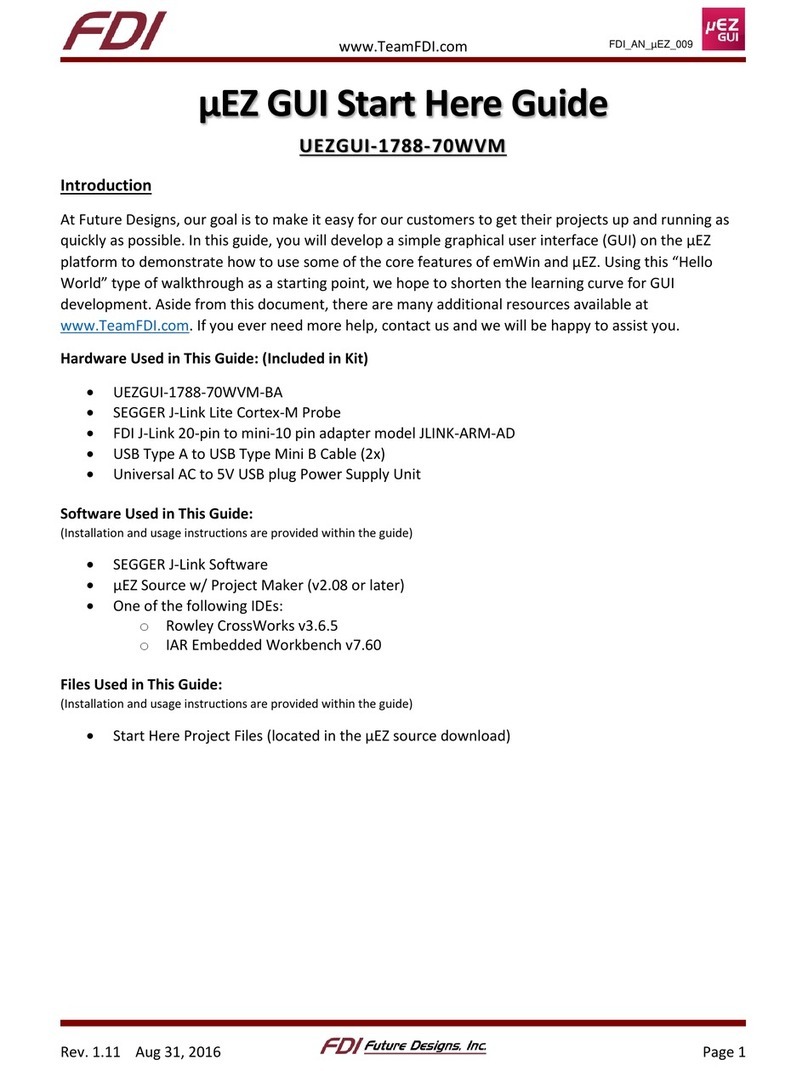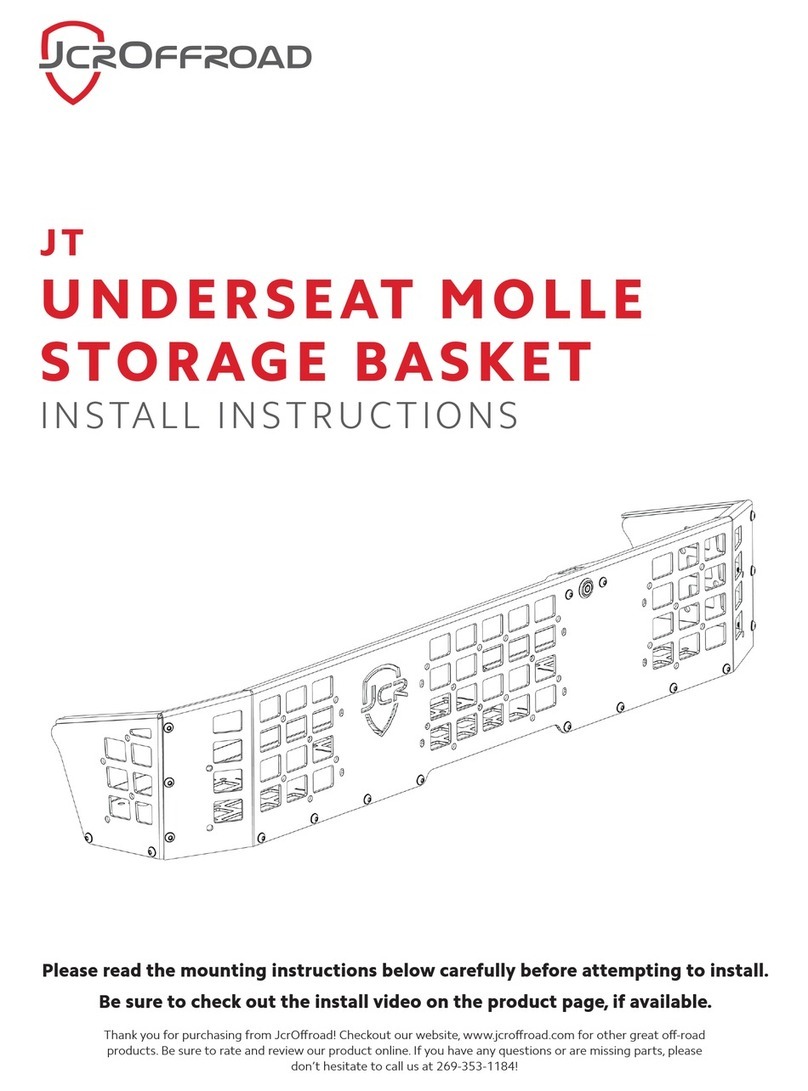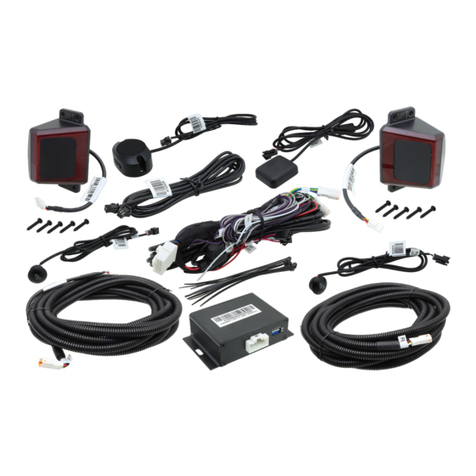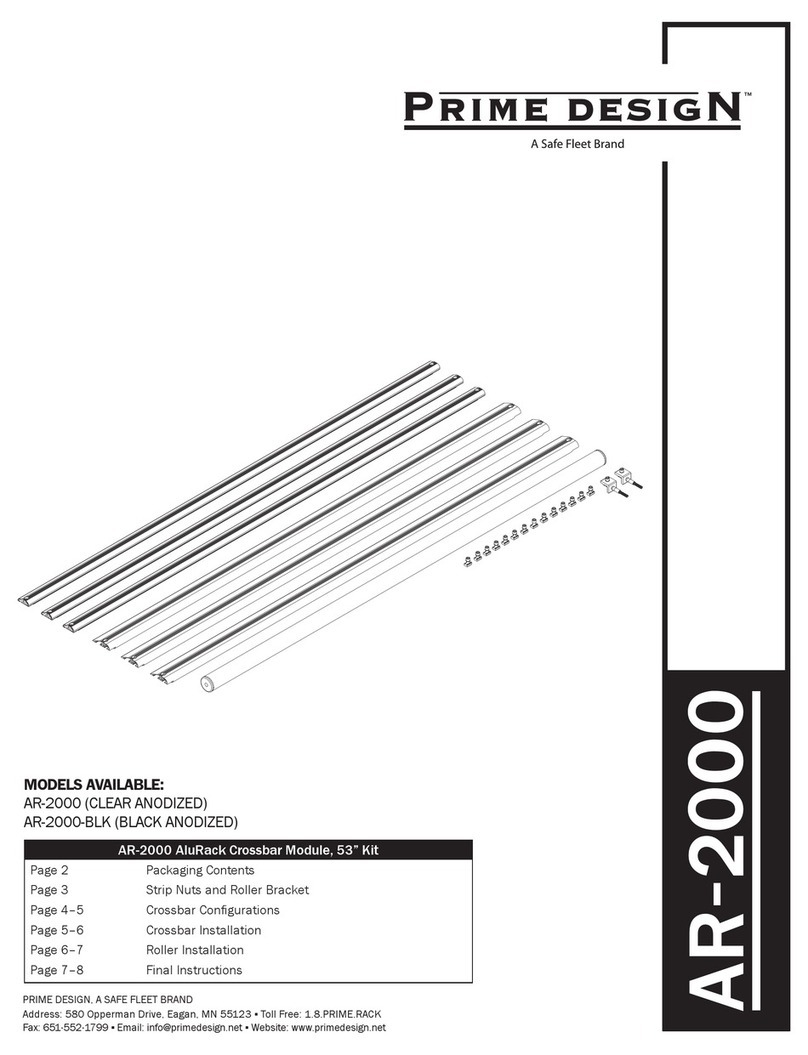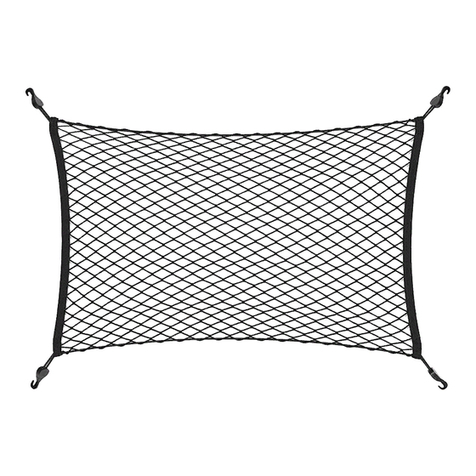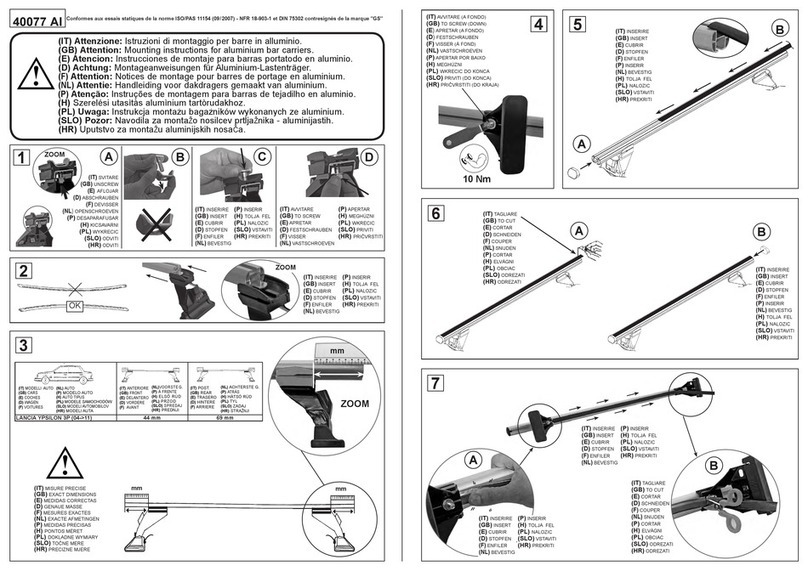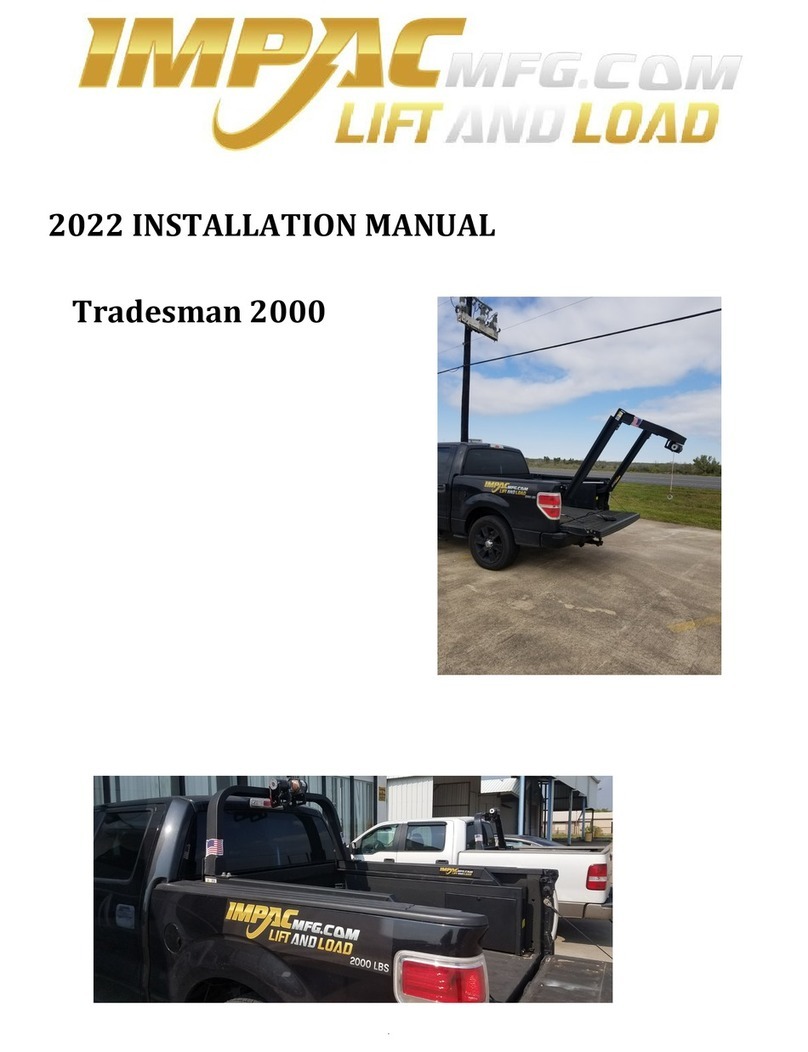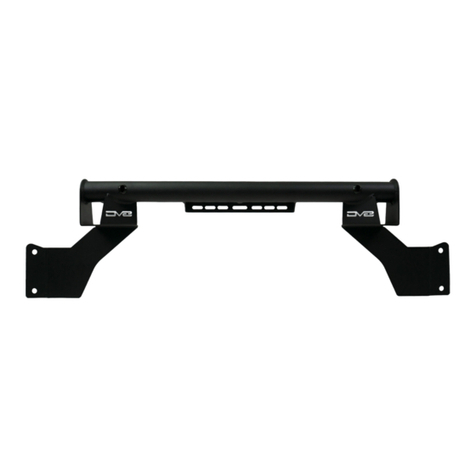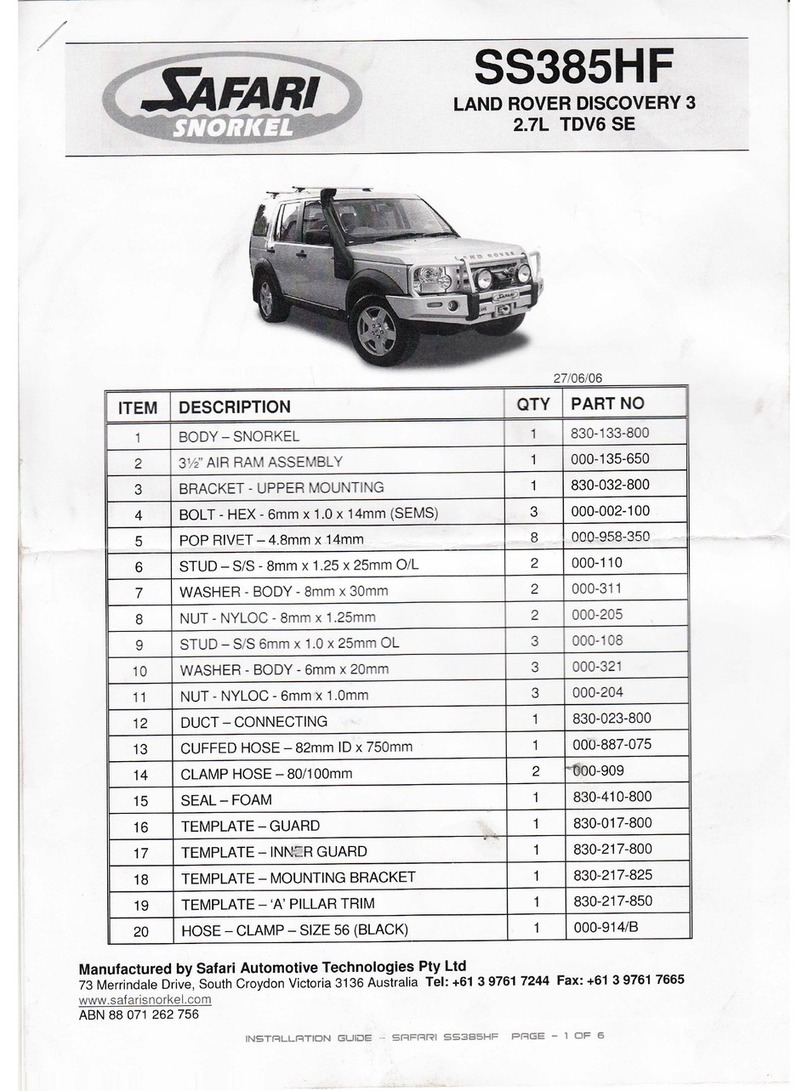
Installation Guide
4
Set-Up
To set up your equipment, first unpack your terminal and
accessories, and ensure that the parts shipped match the parts
ordered. Keep the shipping container and packing material in
case you need to return your computer for repair at a later date.
The VRC is factory-equipped with a network interface and the
appropriate network software for communicating with the
network. The network ports on the VRC use different connectors
for each type of network. For Token Ring connections, a DB9
connector is used. For Ethernet connections, an RJ-45 connector
is used. For wireless network communications, an FCC
mandated, non-standard RF antenna connector is provided.
Note: The VRC 4040 uses Spectrum24 2.4 GHz spread-
spectrum radio link to communicate with (RF) net-
work access points hard-wired into the LAN. These
access points must be set up before the terminal can
communicate with the host. Refer to the Access Point
User Documentation for detailed instructions on set-
ting up the access points.
Mounting the Bracket Assemblies
The VRC 4000 can be mounted almost anywhere that is
convenient to the operator. The mounting location must be near
a standard 110 VAC electrical outlet, and there must be sufficient
space below the unit for cable access to the rear panel, which
faces downward when the unit is wall-mounted. Secure the
mounting bracket to a wall prior to attaching the VRC 4000 to
the bracket.
The VRC 4040 mounts to a forklift or other vehicle with a custom
bracket assembly. Operating power is obtained from a DC
power converter that attaches to the vehicle’s electrical system
